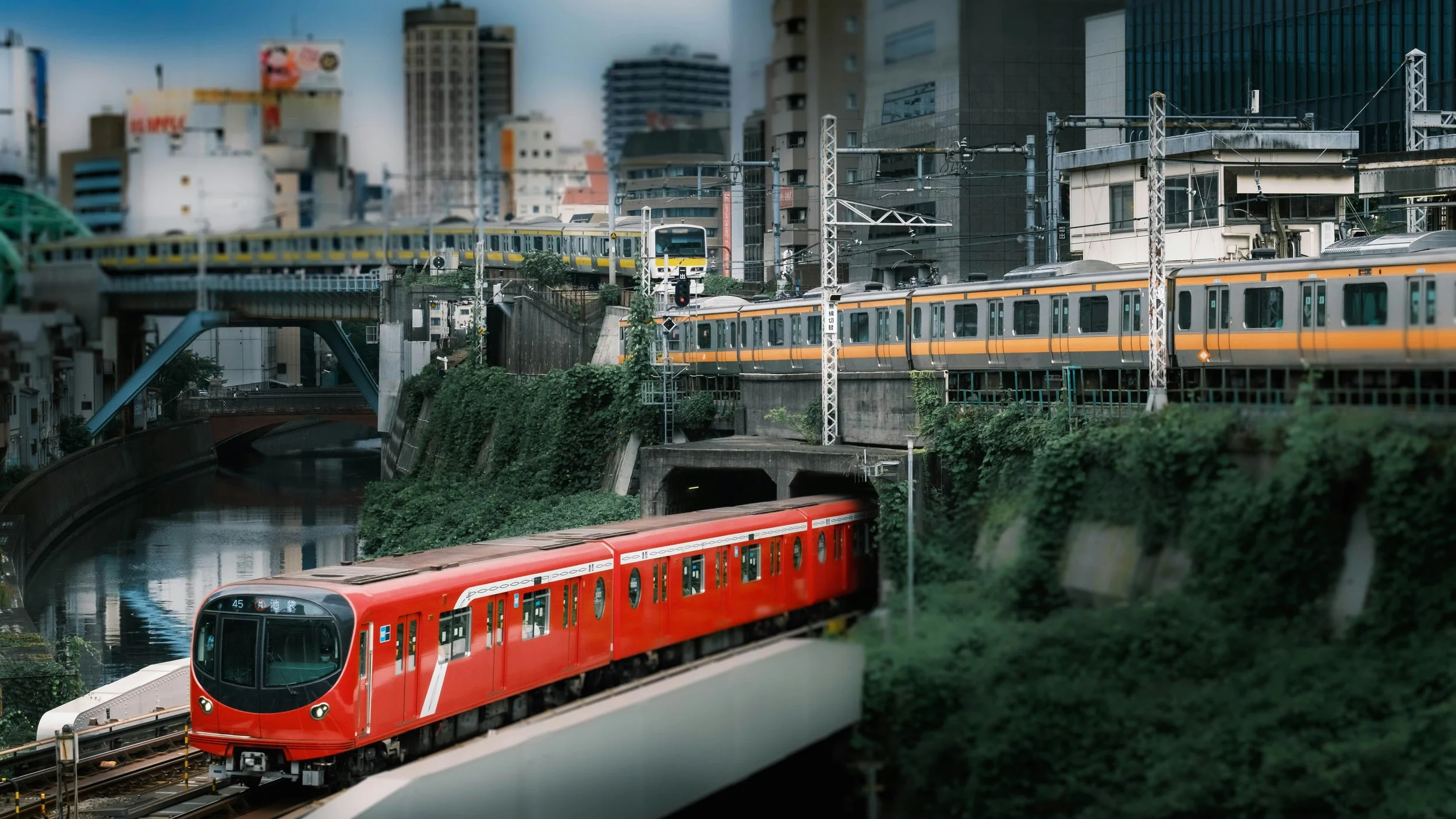How Transit Access Impacts Property Investment in Japan
Japan’s extensive train and subway network shapes property prices and rental demand more than almost any other factor. Understanding transit access is key to smart investing.
1. The Value of Proximity
Properties within a 5–10 minute walk to a station command higher rents and lower vacancy.
Each extra 5 minutes of walking distance usually reduces demand, especially in urban centers.
In Tokyo/Osaka, station distance often matters more than square footage.
2. Major Line Premiums
JR Yamanote Line (Tokyo): Properties near its loop hold premium value due to direct access to key business districts.
Subway hubs (e.g., Shinjuku, Umeda, Tenjin): Attract strong rental demand and retail opportunities.
Express vs. local train stops: Apartments near express stops often rent faster.
3. Tenant Lifestyles & Preferences
Young professionals prioritize convenience to business districts.
Families often choose suburban stations with direct commutes and more space.
University students seek locations near campuses with one-line access.
4. Long-Term Redevelopment Impact
New station openings or planned line extensions can significantly increase property value.
Redevelopment zones (e.g., around Shinagawa, Osaka Umeda) show strong appreciation linked to transit upgrades.
Even if you’re unfamiliar with Japan’s complex transit maps, Mpathian simplifies the process by analyzing which stations and lines matter most for your goals, helping you invest with confidence.
Public transits play a vital role in Japan’s daily lives


